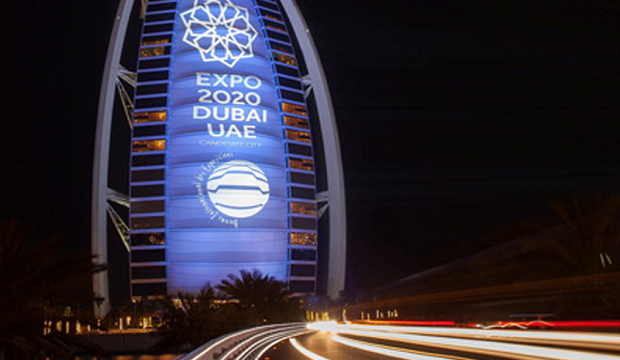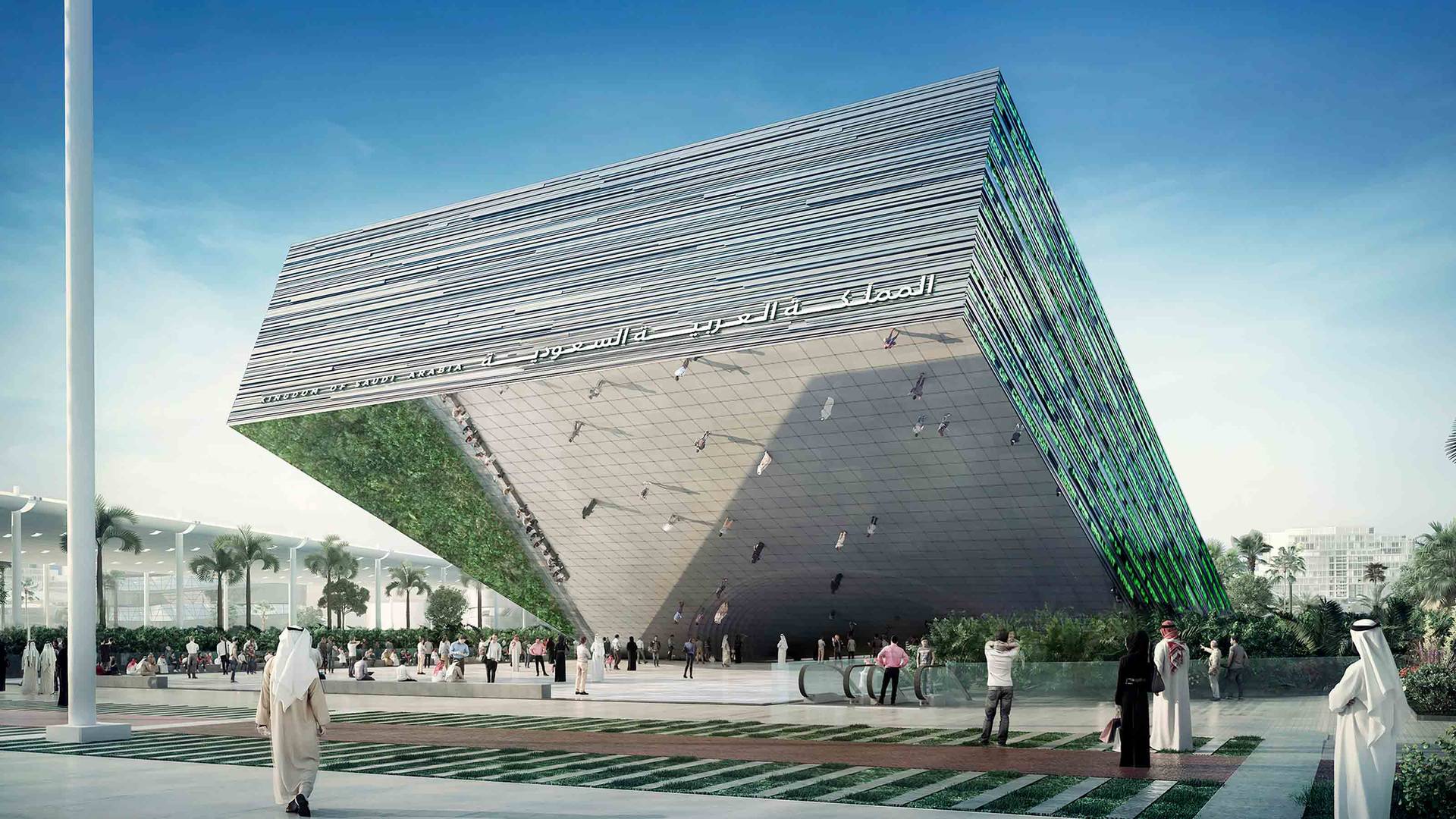

With previous World Expos, many sites have become “white elephants,” says Tim van Vrijaldenhoven, an independent expert in urban planning, and author of “Reaching Beyond the Gold: The Impact of Global Events on Urban Development.” In those cases, the space hasn’t been needed by the city, and so hasn’t been incorporated into wider urban development. She says that to qualify, “there has to be vegan spaces, organic spaces for eating, and it really focuses on the wellbeing of the people that live here, the animals, and the biodiversity of the space itself.” In the transition to District 2020 it will become the Terra Children and Science Center, a museum and educational facility demonstrating the smart and sustainable capabilities of the site.Īccording to Storey, District 2020 will also be the first WELL Certified community in the region – a standard that evaluates the impact of buildings on health and wellness. Read: This Expo pavilion makes its own water and energy The building can generate up to 4 gigawatt hours of electricity a year - enough to power about 370 average homes - from the solar panels on the canopy and on the 18 “Energy Trees” around the pavilion. The pavilion is partially submerged, which keeps it cool, and has a 440-feet-wide steel canopy covered with over 1,000 solar panels. The idea is for all amenities to be accessible to residents on foot in 15 minutes or less – “Like an old traditional city,” says Dina Storey, director of sustainability operations at Expo 2020.Īn aerial view of the Sustainability Pavilion, which will become the Terra Children and Science Center in the transition from Expo to District 2020. “The parks, the landscaping, the trees – the entire thing is designed on human needs.” “Every corner you walk to, there is a different attraction,” he explains. According to Al Khatib, District 2020 will also be the largest city in the world to be fully covered by a 5G-enabled network.

The space includes homes, offices, leisure facilities, exercise grounds, a mall, and a metro station. “It’s a full, comprehensive city,” says Ahmed Al Khatib, chief development and delivery officer for the Expo 2020 site. But now the party has wrapped up and the guests have made their final departure, will the site become a $7 billion “white elephant” – an unwanted space that becomes a burden on the city?Įxpo 2020 organizers say they planned for the legacy of the space from the outset, with 80% of the infrastructure scheduled to transition into District 2020, a mixed-use urban community, described as a “human-centric smart city.” The event came to a close on March 31 with a display from the United Arab Emirates’ Air Force’s aerobatics team, and performances by Christina Aguilera, Norah Jones and Yo-Yo Ma. After opening a year late, delayed by the Covid pandemic, Expo 2020 Dubai received more than more than 23 million visits, accommodated 192 participating countries, and hosted performances from the likes of Alicia Keys and Jason Derulo, and visits from world leaders such as the Crown Prince of Saudi Arabia, and French president Emmanuel Macron.

For the past six months, Dubai’s World Expo has been taking place on 1,083 acres of reclaimed desert.


 0 kommentar(er)
0 kommentar(er)
